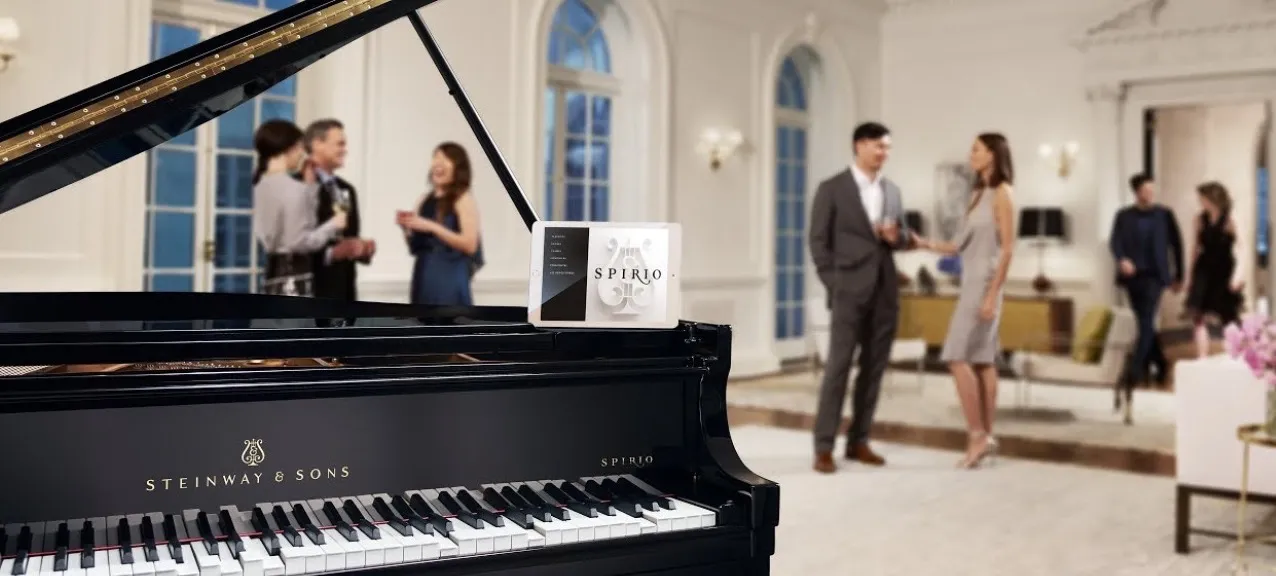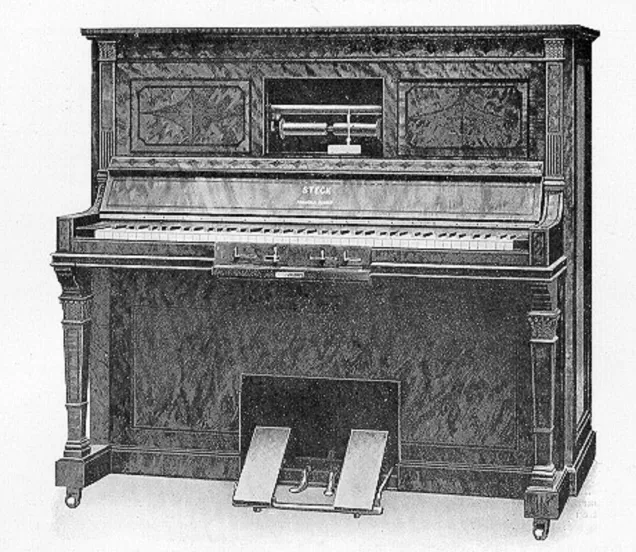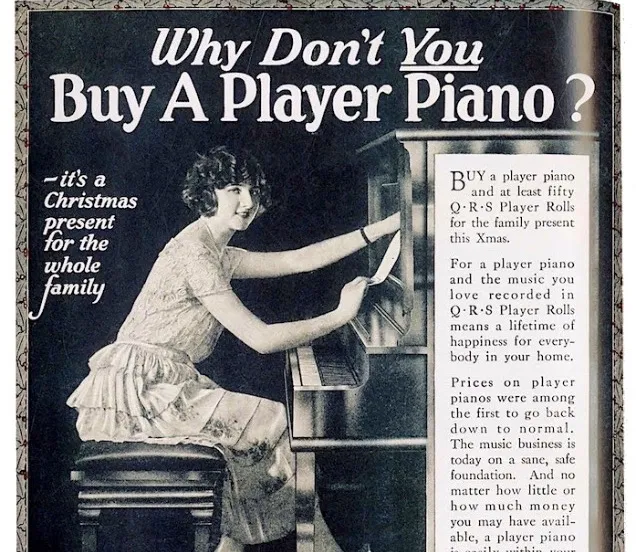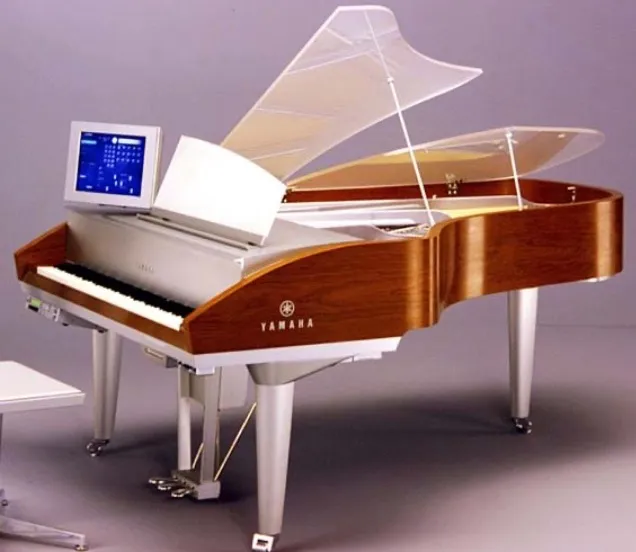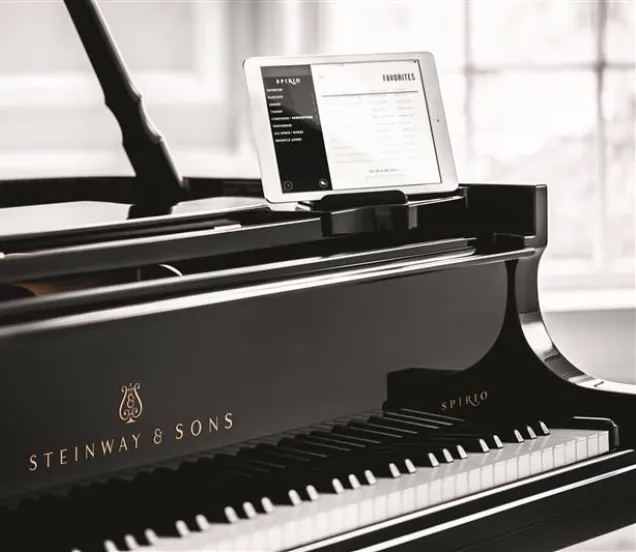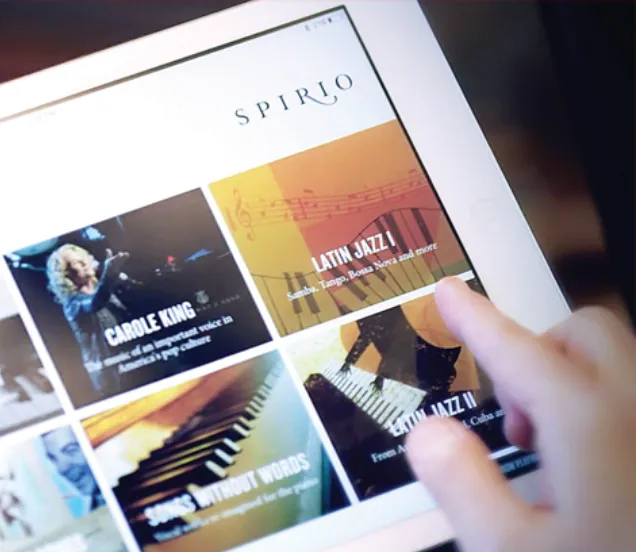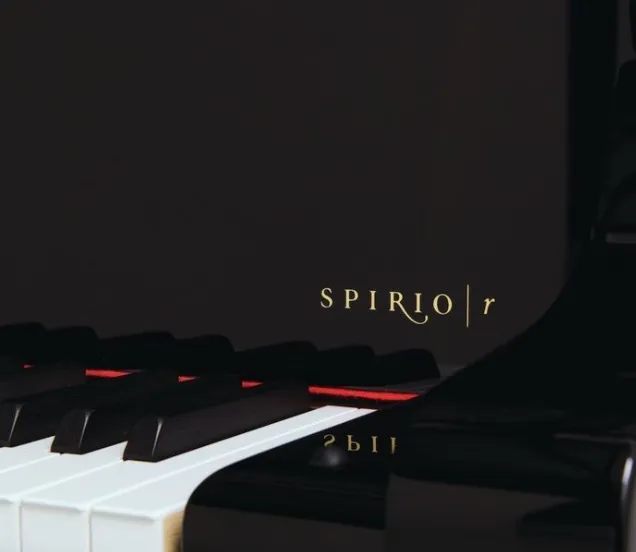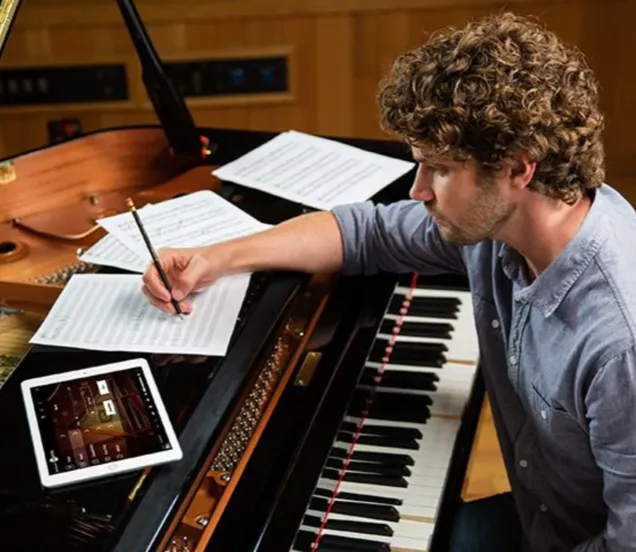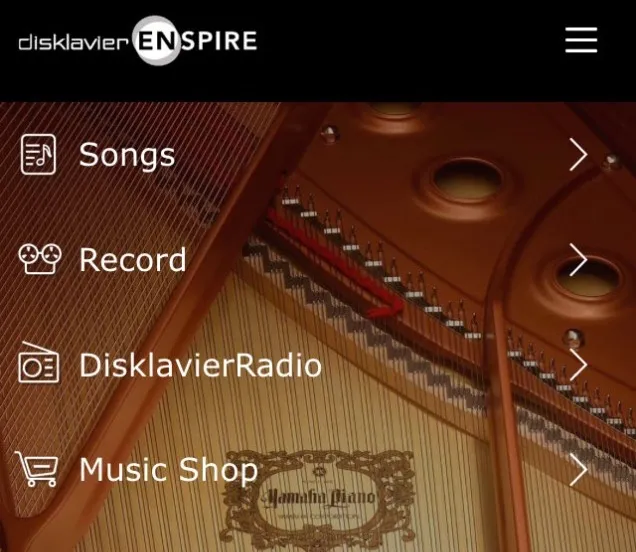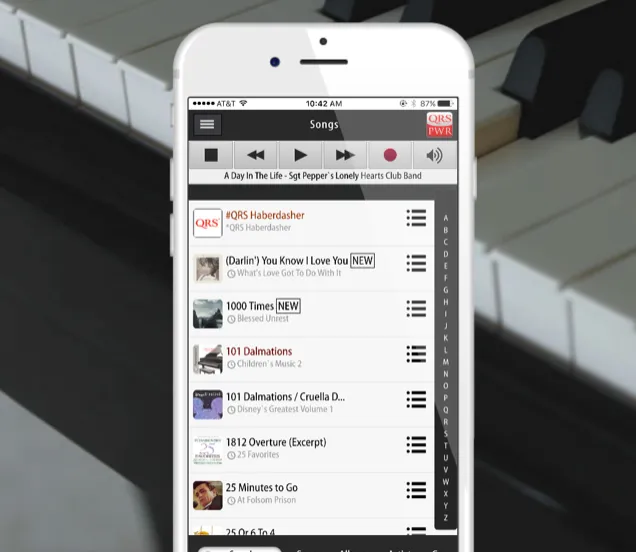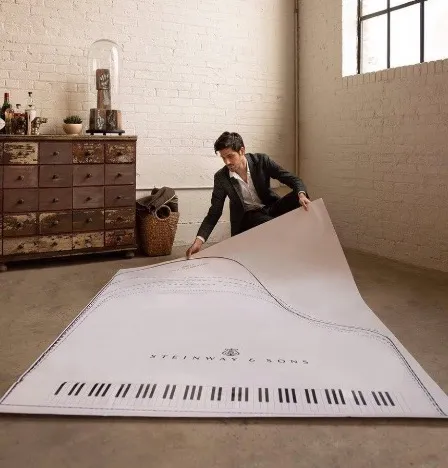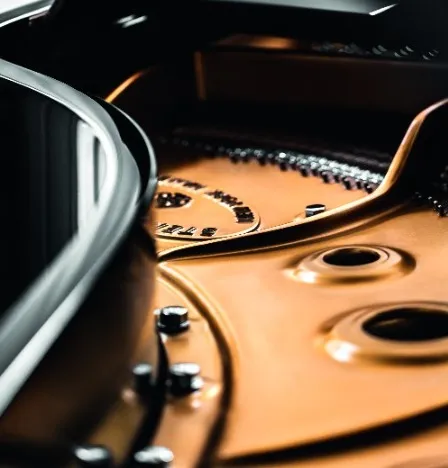Are player pianos new?
Self-playing pianos have a long history dating back to the late 19th century. At that time officially called 'player pianos', they were launched in the United States in 1897 by the Aeolian company under the brand name 'Pianola'. This term later became a generic term for all self-playing pianos.
A few years later, the instruments also appeared in Europe and were hugely popular in a lot of living rooms, taverns and public places. At the time, they were considered a true status symbol. One in three instruments left the factory as a pianola. At the time, it was one of the few ways to listen to music without the presence of a musician. Most active in Europe were German manufacturers Hupfeld and Welte, the latter of which also supplied self-playing systems to the world-famous piano builder Steinway & Sons.

